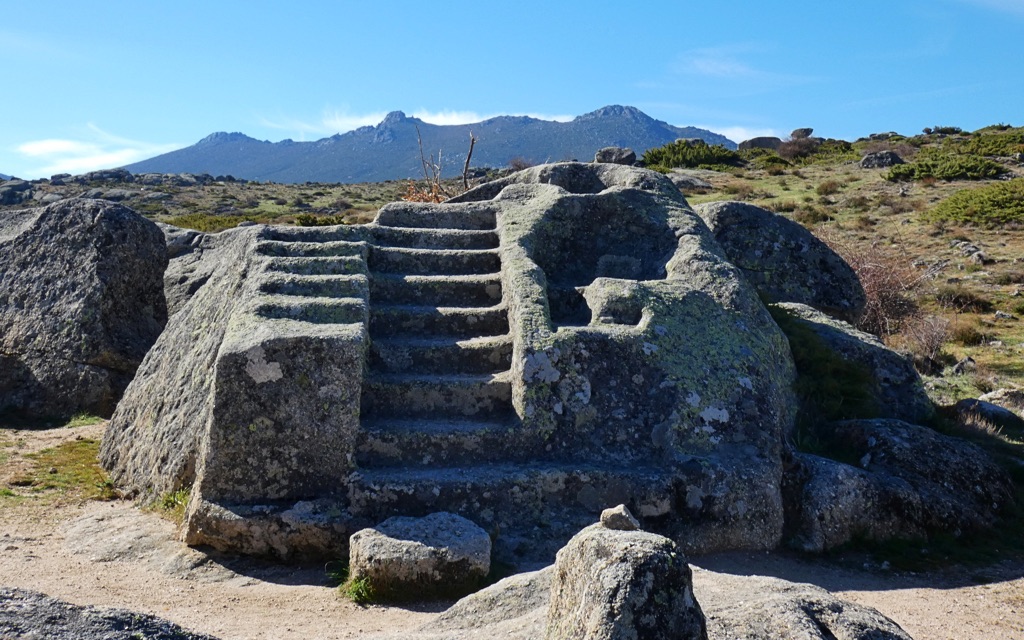The Altar de Sacrificios is an ancient Maya archaeological site located in the Petén department of Guatemala. It sits at the junction of the Pasión River and the Chixoy River, a strategic position that once facilitated control over trade routes. The site is known for its ceremonial architecture, including several temples, plazas, and an altar that gives the site its name. The discovery of the Altar de Sacrificios has provided valuable insights into the Maya civilization, including their religious practices, social structure, and interactions with neighboring cultures.
Get your dose of History via Email
Historical Background of Altar de Sacrificios
Archaeologists discovered Altar de Sacrificios in the early 20th century. The site caught the attention of scholars due to its unique location and significant structures. The Carnegie Institution of Washington conducted extensive excavations in the 1960s, led by American archaeologist Linton Satterthwaite. They unearthed evidence of a long history of occupation and cultural development.
The Maya built Altar de Sacrificios, with the earliest structures dating back to around 1000 BC. Over the centuries, the site underwent several phases of construction and use. It became an important ceremonial center, especially during the Classic period of Maya civilization (AD 250 to 900).
Later inhabitants included the Itza Maya, who occupied the site after the collapse of the Classic Maya civilization. They continued to use the site until the arrival of the Spanish in the 16th century. Altar de Sacrificios was one of the last Maya cities to fall to the Spanish conquest.
The site was historically important not only for its religious significance but also for its strategic location. It served as a hub for trade and interaction between different Maya cities and other Mesoamerican cultures. This position allowed the city to flourish economically and culturally.
Altar de Sacrificios also witnessed significant historical events, including conflicts and alliances with neighboring sites. The presence of foreign materials and styles indicates wide-ranging contacts. These interactions played a crucial role in the cultural dynamics of the region.
About Altar de Sacrificios
Altar de Sacrificios is characterized by its ceremonial architecture, which includes several temples, plazas, and an altar. The site’s layout follows a typical Maya city plan with ceremonial and administrative buildings at the center, surrounded by residential areas.
The construction methods and building materials reflect the Maya’s advanced architectural skills. They used limestone for construction, which was abundant in the region. The Maya also developed a type of concrete called “calcrete” to build their structures.
One of the architectural highlights of Altar de Sacrificios is the central altar, which is a large stone slab. It is believed to have been used for ceremonial purposes, possibly including sacrifices. The altar is surrounded by stelae and altars with hieroglyphic inscriptions, providing insights into the site’s history and the rulers who governed it.
The site also features a ball court, which was a common feature in Maya cities. The ball court at Altar de Sacrificios is smaller than those found in larger Maya cities, but it indicates the importance of the ballgame in Maya society and religious practices.
Excavations have revealed a rich array of artifacts, including pottery, jade, and obsidian objects. These findings suggest that Altar de Sacrificios was a center of artistic production and trade. The artifacts also provide clues about the daily life and beliefs of the Maya people who lived there.
Theories and Interpretations
Several theories have emerged about the use and significance of Altar de Sacrificios. The presence of the altar and associated ceremonial objects suggests that the site was a significant religious center. Scholars believe that rituals, including sacrifices, were performed here.
There are mysteries surrounding the site, particularly regarding the nature of the rituals conducted. Some archaeologists suggest that human sacrifices may have taken place, while others argue for symbolic offerings. The true extent and nature of these practices remain a topic of debate.
Interpretations of the site’s hieroglyphic inscriptions have provided valuable information about its rulers and history. However, matching these records to known historical events can be challenging. The inscriptions are not always clear, and some glyphs remain undeciphered.
Dating of the site has been carried out using methods such as radiocarbon dating and ceramic analysis. These techniques have helped establish a timeline for the occupation and development of Altar de Sacrificios. They have also aided in understanding the site’s relationship with other Maya cities.
Theories about Altar de Sacrificios continue to evolve as new discoveries are made. Ongoing research and analysis are essential for a deeper understanding of the site’s role in Maya civilization and its interactions with other cultures.
At a glance
- Country: Guatemala
- Civilization: Maya
- Age: Earliest structures date back to around 1000 BC

